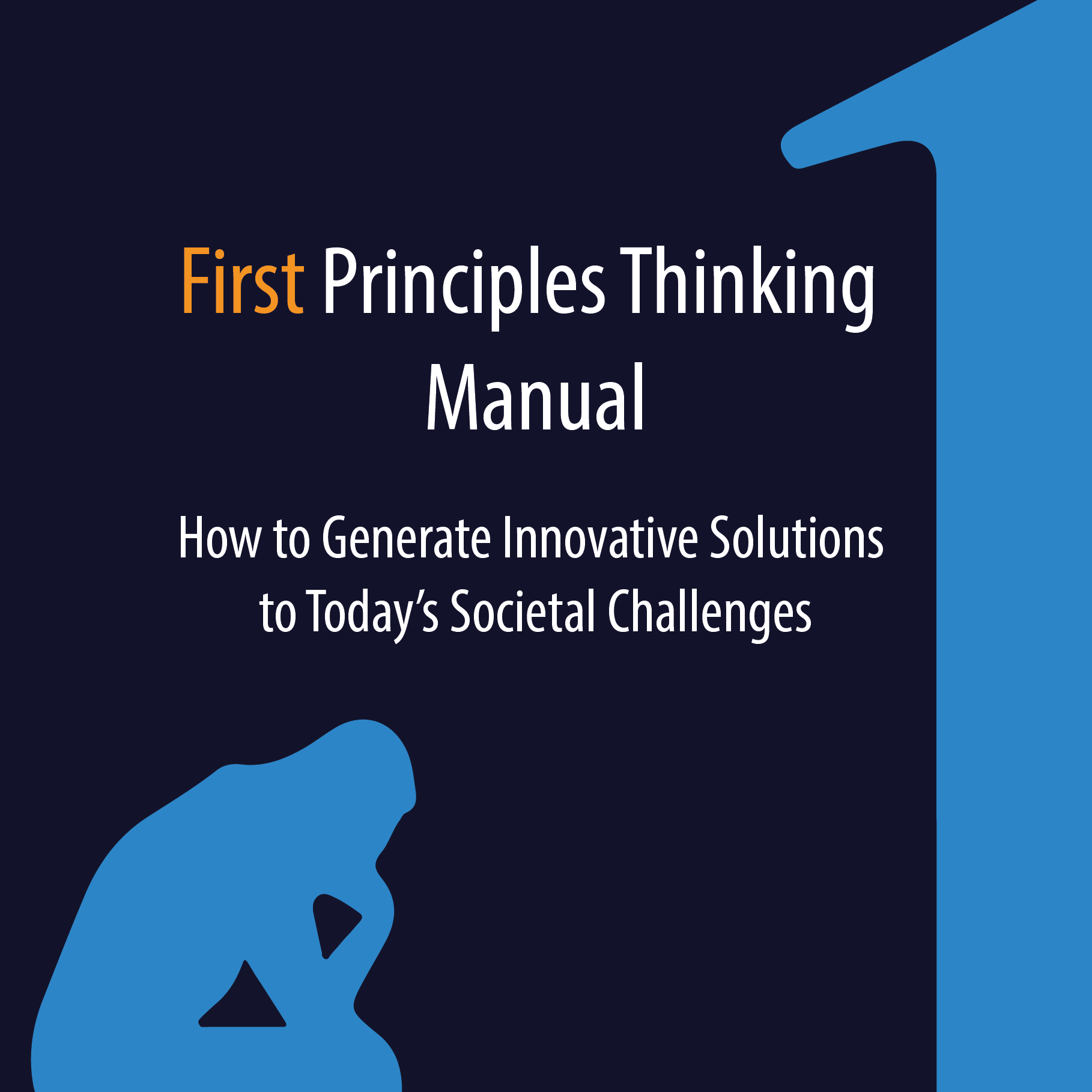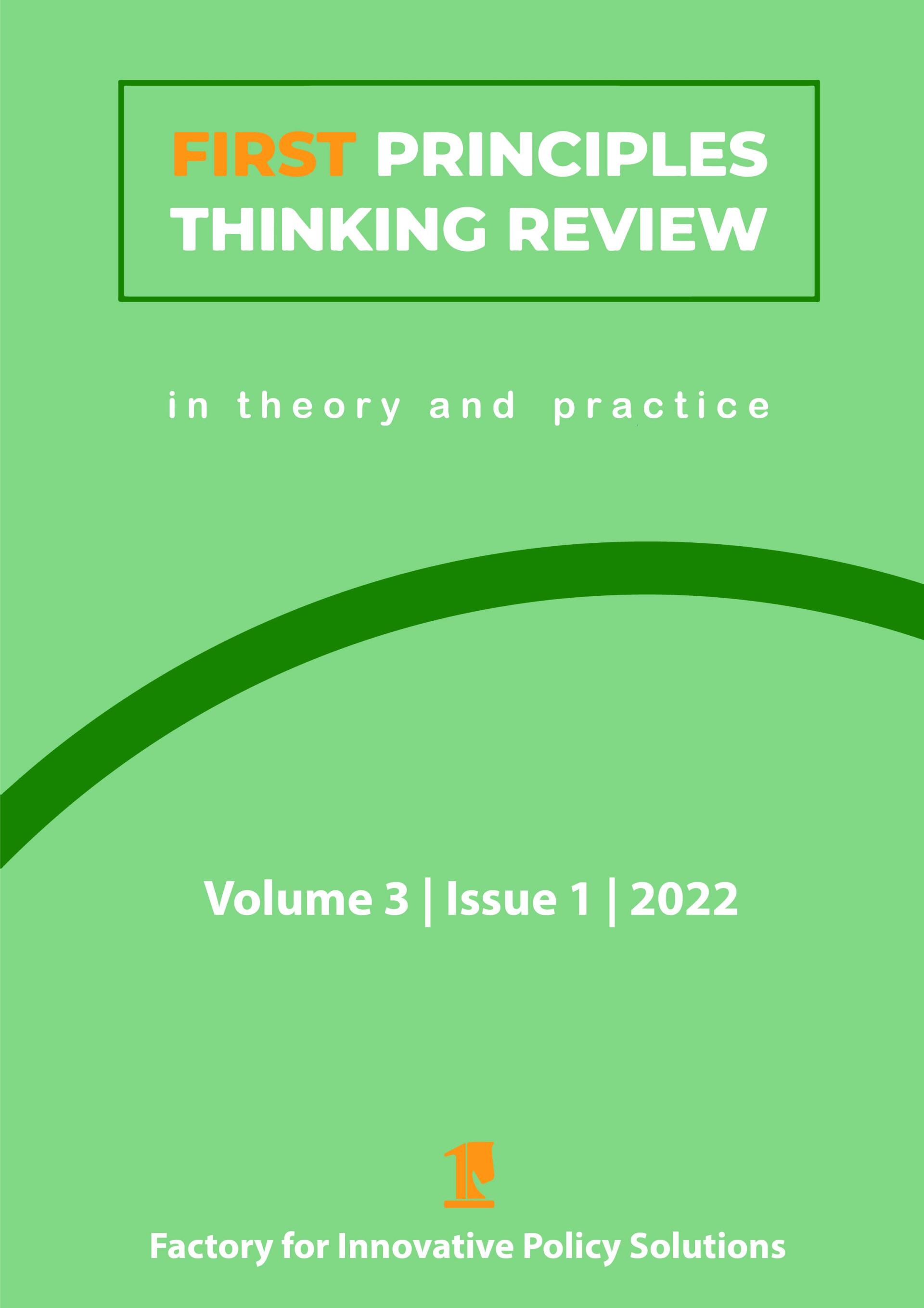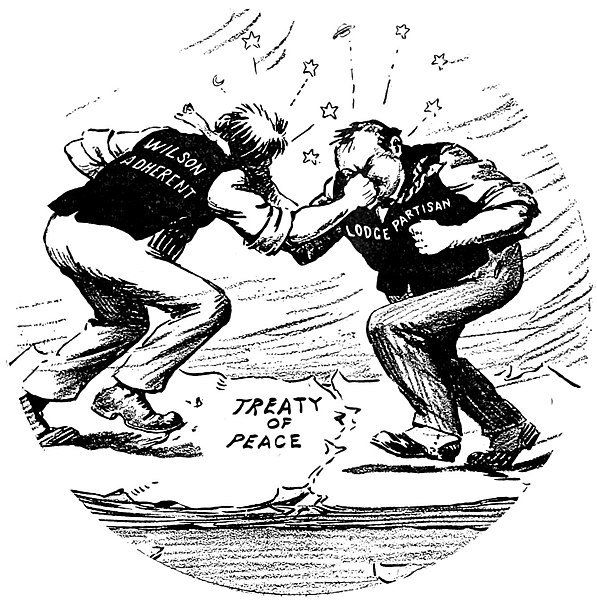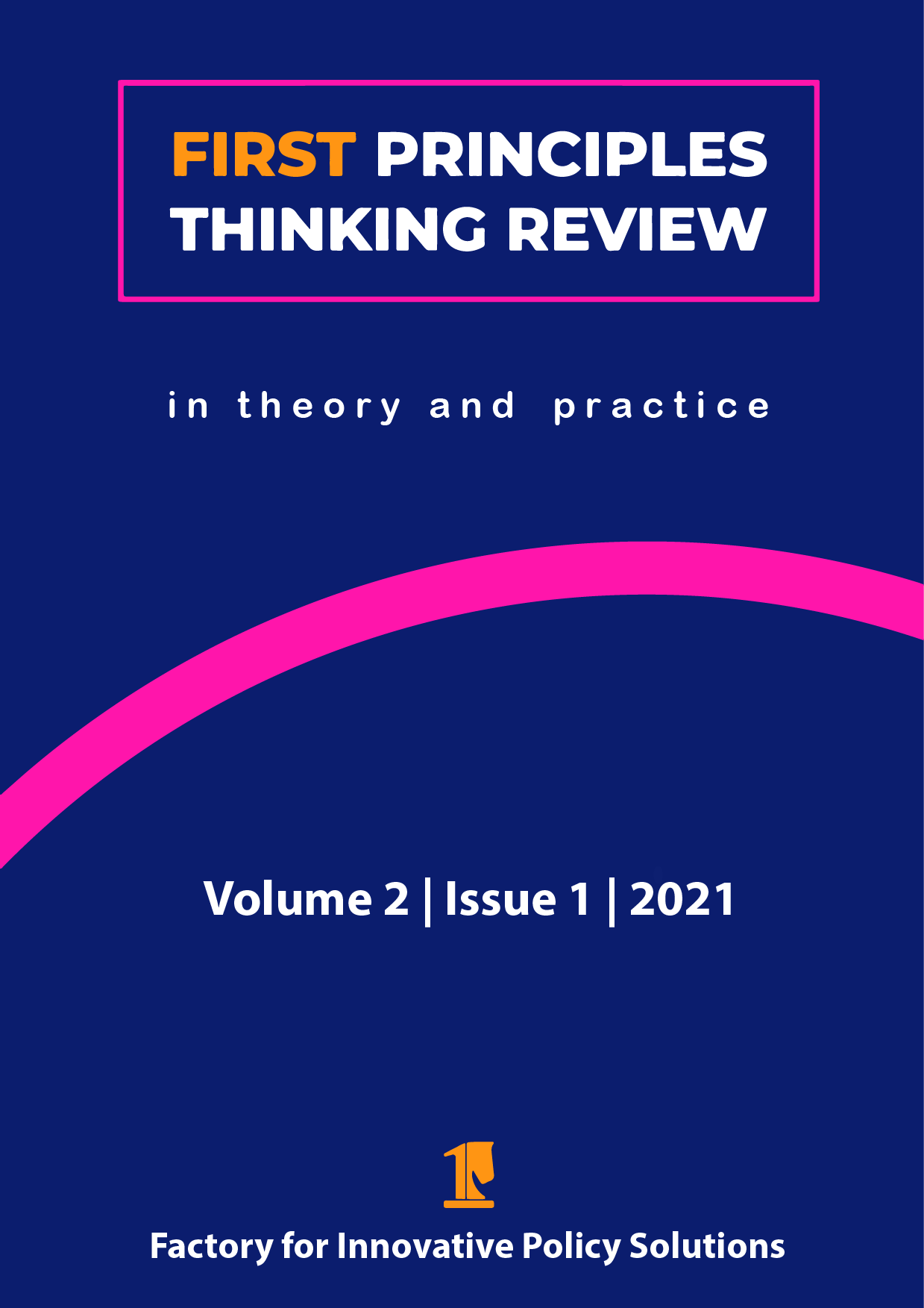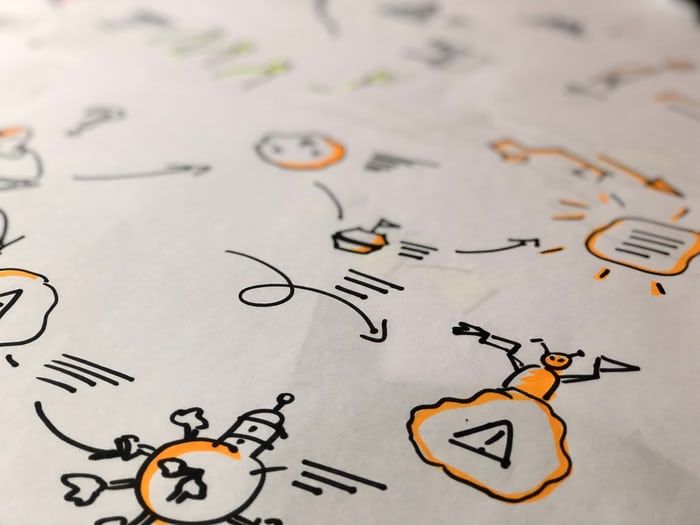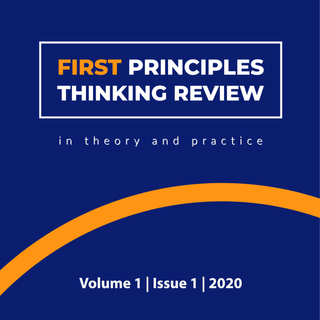Ending World Hunger: Analogical vs. First Principles Thinking
What do you do when facing a problem? Do you first look to see how others have sought to tackle it? Then you’re probably an analogical thinker. Or do you try to think of new solutions instead? Then you might be a first principles thinker. In this series you will learn how First Principles Thinking differs from other techniques to solve real-world problems. Hopefully this will enable you to make an informed decision on how you deal with hurdles in your professional and personal life. In this article, First Principles Thinking takes on its biggest rival within societal problem-solving, being analogical thinking, to eradicate malnutrition.
Analogical thinking spreads innovative solutions
So, how would an analogical thinker approach the problem of malnourishment? Before answering this question you should first know that an analogy is a comparison between objects that highlights aspects in which they are thought to be similar. In turn, analogical problem-solving relies upon identifying analogies and ‘good practices’ before settling on a plan of attack (Paul Bartha). Most societal problem-solvers, such as policymakers, NGOs and donor agencies, traditionally employ analogical thinking to generate insights and formulate possible solutions to their problems at hand – with considerable success.
Take malnutrition in the lower-middle-income country of Bolivia. An analogical thinker would first search for similar cases that have managed to escape hunger, or never experienced it in the first place, and then then examine what has worked well and not so well in these instances. Subsequently, this person would apply the identified good practices to their situation with minor modifications to better serve the needs of their own unique situation. A good practice could, for example, be to import fertilisers to increase crop yield. Such practices have namely contributed to a 42 percent reduction in the prevalence of undernourishment in lower-middle-income countries between 1992 and 2014 (Hunger Notes).
First principles thinking sparks innovative solutions
First principles thinkers like Aristotle and Elon Musk, on the other hand, would start identifying obstacles that undermine food security. Limited soil moisture retention is one such obstacle in realising a genetic diversity of cultivated plants.
How would you then go about getting to the core of this obstacle? By asking critical questions, that’s how, such as "how much water does a crop exactly need?" Your search engine will tell you that a lettuce crop, for example, needs about 300 millilitres of water during its growing period of 40 to 80 days, depending on the climate (Sunshine Seedling Services). This is what we call a first principle, which serves as a foundation from which new solutions can be discovered.
Oftentimes new solutions do not appear right away, but don’t give up! Just ask more follow-up questions, such as: "where does unabsorbed moisture go?" It turns out that it largely escapes as vapour to the atmosphere during the day (FAO). "So how can we prevent this moisture from evaporating?" Such lines of so-called 'Socratic questioning' help you get closer to the problem’s core as well as to new solutions. By now you may have thought of ‘drip irrigation’, which is a micro-irrigation system either above or below the soil surface that delivers water and nutrients directly to the crop’s roots zone, in the right amounts and at the right time for it to grow optimally – and with minimal water loss (Netafim Irrigation).
Drip irrigation, through the burying of unglazed clay pots that continually leak water among crops, actually goes back to ancient times (Maddy Harland) and has been refined throughout the years to today’s smart technological solutions that can monitor crops meticulously and apply different amounts of water to different parts of the same field, if need be (Gold Standard). This also demonstrates that once you have found an ingenious solution you should continue to ask critical questions and welcome new ideas for further improvement.
So, which one wins?
Before giving a final verdict, let’s compare the strengths and weaknesses of both methods. Analogical thinkers are inclined to accept widely held assumptions, for example that watering plants through surface irrigation is the most cost-efficient way to go (Troy Peters). They work with what they have and pose solutions that barely differ from one another, which is perfectly satisfactory in many instances when a concept has proven to work well. Today’s digital capabilities provide access to many useful international analogies and good practices, and you should make use of them.
However, what do you do when there are no analogies or when current practices are unsatisfactory? Then you might want to swap your analogies for first principles. First Principles Thinking, that is without analogy, namely encourages you to look beyond long-standing beliefs, and instead invites you to boil down a problem to its core by asking critical questions. This gives you a unique perspective on the nature of things and can inspire unique solutions, such as drip irrigation and cultured meat.
Enemies or best friends?
Contrary to what I said earlier, First Principles Thinking and analogical thinking can actually be best friends, and I propose the following mode of cooperation: to tackle a problem such as limited soil moisture retention, you should first put on your first principles thinker’s hat and invent drip irrigation, and then switch to being an analogical thinker to both disseminate this technology to similar contexts and teach farmers how to use it. When such an innovation is used excessively, however, unintended consequences may arise, such as soil degradation and groundwater contamination (FAO). In that case, you may need to switch back to first principles, and back again, to analogies. Unless you find a durable solution right away, be prepared to continue leapfrogging.
My final verdict
In my opinion, both approaches are crucial to achieve societal aspirations such as Sustainable Development Goal 2 to end global hunger. Unless you want to be a full-time innovator like us at the Factory for Innovative Policy Solutions, there is no need to always wear your first principles thinker’s hat, as there are adequate analogies for most things in life. However, once you have the feeling that a current approach is not satisfactory enough, you know what to do. Just have an open mind and keep asking critical questions to discover improvements, and when you do, remember that this is probably not the final panacea.
Would you like to learn more about first principles thinking? Then have a look at our manual, online course and workshop possibilities. Or would you like to write an article for publication on the technique? Then read the guidelines and send us your proposal. For questions and feedback, feel free to message Alexander Verkerk at alexander.verkerk@innovativepolicysolutions.org.
References
- https://plato.stanford.edu/entries/reasoning-analogy/
- https://www.worldhunger.org/world-hunger-and-poverty-facts-and-statistics/
- https://www.worldhunger.org/world-hunger-and-poverty-facts-and-statistics/
- http://www.sunshineseedlings.co.za/guidelines-tips/vegetable-guidelines/lettuce-production-guidelines/
- http://www.fao.org/docrep/S2022E/s2022e02.htm
- https://www.netafim.com/en/drip-irrigation/
- https://www.permaculture.co.uk/readers-solutions/clay-pot-irrigation-simple-adaptation-ancient-techn...
- https://www.goldstandard.org/our-work/innovations-consultations/seeking-inputs-new-drip-irrigation-methodology
- http://irrigation.wsu.edu/Secondary_Pages/Irr_Fact_Sheets/DripIrrForAgProducers.pdf
- https://www.innovativepolicysolutions.org/articles/how-first-principle-thinking-is-revolutionising-t...
- http://www.fao.org/3/a-i7695e.pdf
Apply first principles thinking yourself?
Would you like to apply first principles thinking yourself and have your problem-solving experience published in the First Principles Thinking Review? Then be sure to check out the submission guidelines and send us your rough idea or topic proposal. Our editorial team would be happy to work with you to turn that idea into an article.
Share this page
Disclaimer : The views, thoughts and opinions expressed in submissions published by FIPS reflect those of the authors and do not necessarily reflect the views held by FIPS, the FIPS team or the authors' employer.
Copyrights : You are more than welcome to share this article. If you want to use this material, for example when writing an article of your own, keep in mind that we use cc license BY-NC-SA. Learn more about the cc license here .
What's new?
